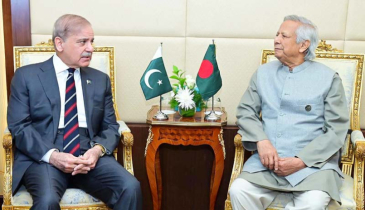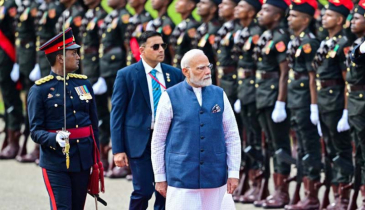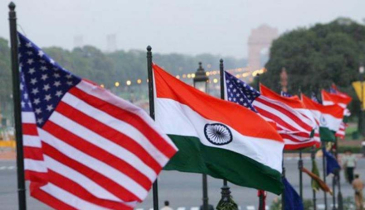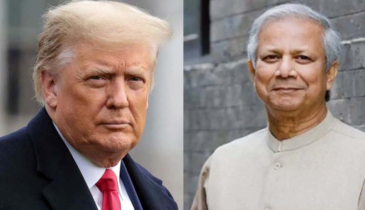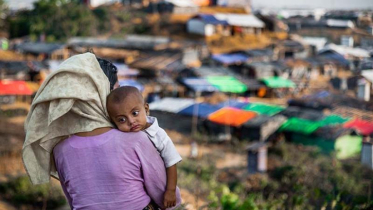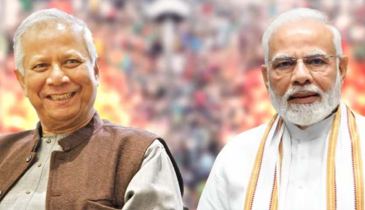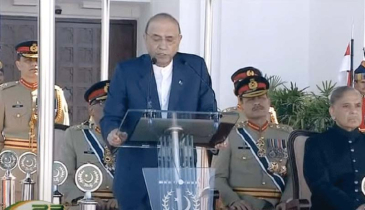India eyes gas network spanning south asian neighbours
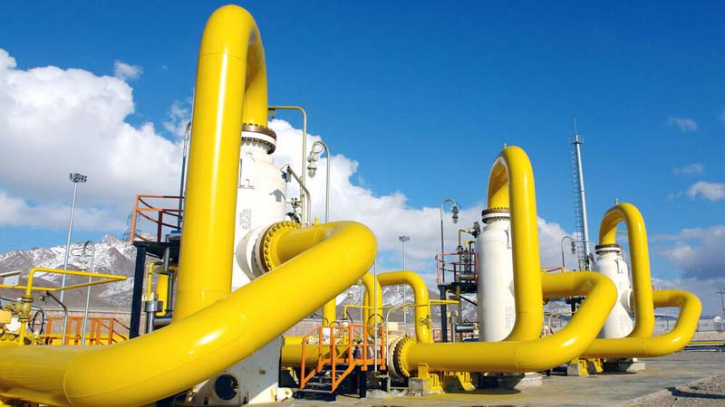
One giant gas grid led by India and spanning Bangladesh, Nepal, Bhutan and Myanmar may be a reality in the near future, transporting the clean-burning fuel across borders to homes, factories and industrial enterprises across South Asia.
In the next two months, India intends to integrate its northeastern gas grid with the national grid, with plans to further extend and integrate it with the grids of its neighboring countries, according to insiders familiar with the matter. Additionally, proposals to connect Sri Lanka and Myanmar are also being considered.
'The plan for gas grid interconnectivity is still in progress. If realized, Myanmar, Bangladesh, Nepal, and Bhutan would be linked to India's national gas grid via the northeastern gas grid,' one source revealed on the condition of anonymity.
This initiative promises to strengthen India's energy ties with its neighbors and accelerate the transition towards cleaner energy in the region. India sees cross-border energy trade as integral to its 'neighborhood-first' policy. Presently, India has bilateral connectivity agreements with Nepal and Bangladesh for supplying petroleum products, while plans for a multi-product pipeline are underway.
The idea of LNG connectivity with Myanmar and Bangladesh was first floated by India as far back as 2005-06. However, in 2013, China secured a gas deal with Myanmar, prompting India to shelve its plans. Now, with renewed vigor, India aims for regional connectivity across South Asian nations, excluding Pakistan.
India currently operates a gas pipeline network spanning approximately 23,500 km, with another 12,000 km approved and under construction. Prime Minister Narendra Modi recently announced expectations of $67 billion in investments in India's gas sector over the next 6-7 years.
India and its South Asian counterparts primarily rely on LNG imports. Establishing a gas network would enable India to supply gas, whether imported or domestic, to neighboring countries. Moreover, Myanmar's abundant natural gas reserves, totaling 22.5 trillion cubic feet as of 2021, could become a significant energy source for India.
This initiative is set against the backdrop of China's expansive One Belt One Road initiative. India, in contrast, has been actively engaging with its neighbors through initiatives such as supplying power to Bangladesh and Nepal and importing electricity from Bhutan. India has also advocated for a South Asian Association for Regional Cooperation (SAARC) electricity grid, excluding Pakistan, to meet the region's electricity demands.
.png)
Advertisement


